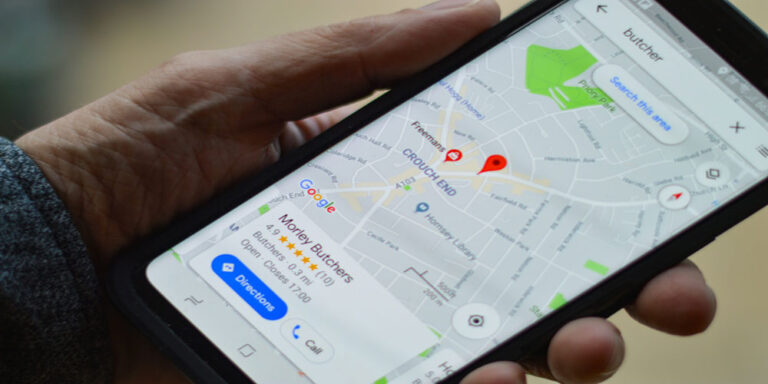
While links are great to help drive traffic and boost your SEO ranking, they could also ruin your SEO efforts if they aren’t managed well.
Broken links on your web pages should be rectified or removed as soon as possible. Reasons for broken links could stem from entering the wrong URL, removal or permanent move of the linked webpage by the destination website, or a software on the user’s end that is blocking access to the destination website.
There is a WordPress plugin for WordPress users that can be integrated into the website to get rid of dead links. You can also manually check for broken links by using the broken link checker plugin.
How to disavow negative backlinks
Google has a Disavow Tool that can help protect your site from penalties that may arise from bad linking and also help remove bad links. This tool simply sends a signal to Google to ignore negative backlinks. To disavow negative backlinks, look for the links you want to disavow, create a disavow file and then upload to the Google Disavow Tool. Once this is done, the specified links will no longer be considered by Google.
Bad redirects and best redirects – 301 and 302
301 and 302 redirects might look similar to a user but definitely not to search engines. While 301 is a permanent move to a new site, 302 is temporal but a lot of users get to mix both up and use either, without thinking much about the difference. If you use 302 rather than 301, search engines might view it as a temporal move and still continue to index the old URL, which could affect your SEO rankings.
Not maximizing Google Search Console
Google Search Console is packed with lots of benefits that should be maximized in order to have the best SEO experience. Some of the things to pay attention to in Google Search Console include search analytics, links to your site, mobile usability, robots.txt tester, sitemaps, index status, and security issues. Once an identified issue is fixed, your rankings will be improved and your website will gain more traction.






